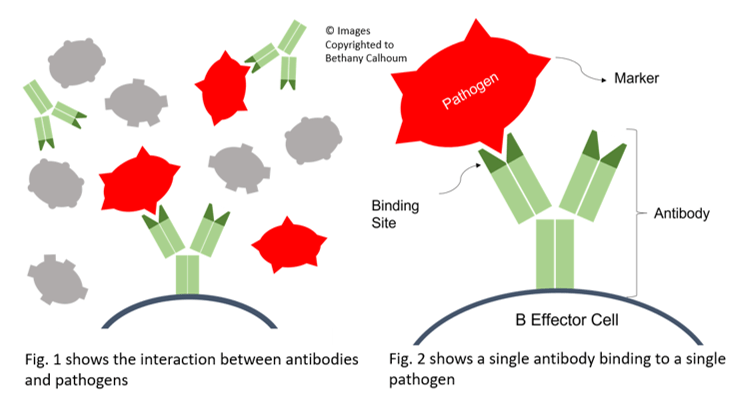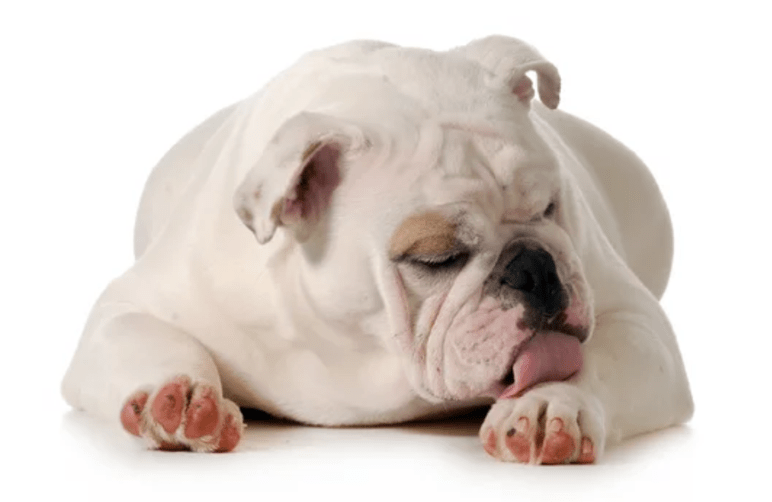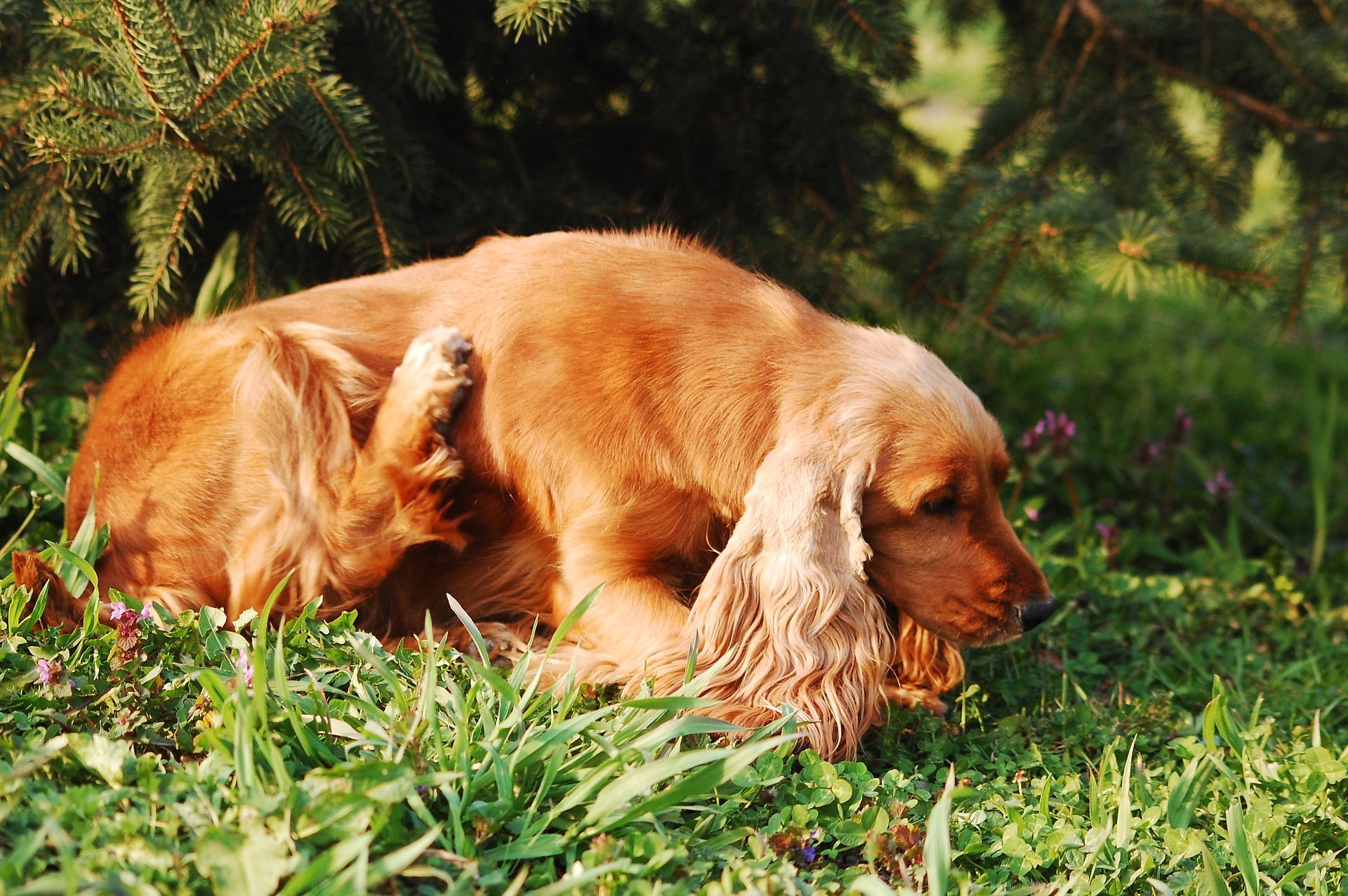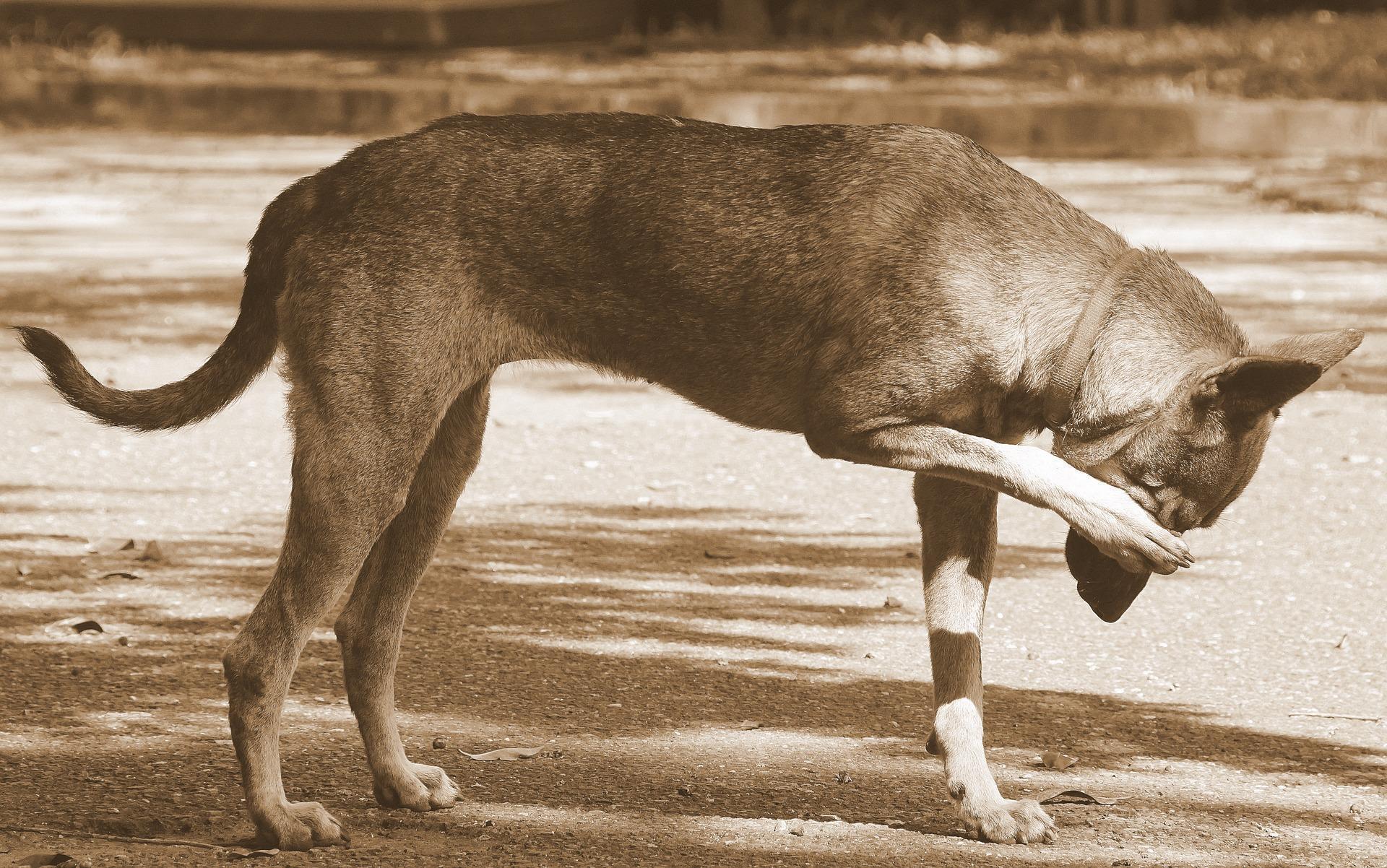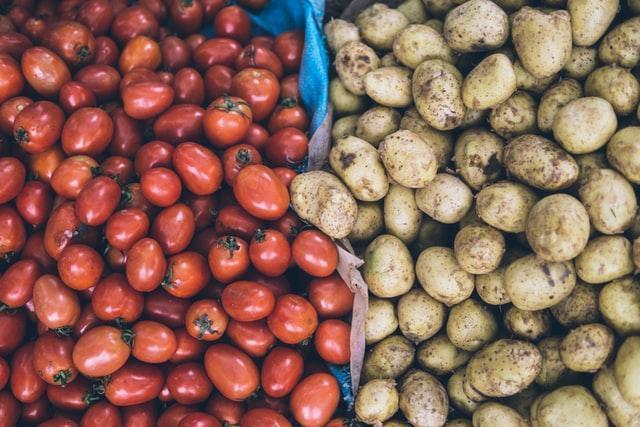If you’ve been following us here at
My Pet Nutritionist for a while then you will likely have come across the concept of the gut barrier, and how when it gets compromised, things can start to go a little awry. Whilst leaky gut is being blamed for all sorts, we’re here to sort fact from fiction and we’ll start with the basics.
What is the Gut Barrier?
The gut barrier in effect, forms the lining of the gut and it has two main features: the physical barrier and the chemical barrier
The physical barrier consists of tight junctions which form a selective permeable seal between adjacent epithelial cells. This “seal” is dynamically regulated by various extracellular stimuli and is closely associated with both health and disease. TJs contribute to the function of the physical intestinal barrier by regulating the paracellular movement of ions, solutes, and water across the intestinal epithelium. It also protects against pathogens and large, harmful molecules.
The regulation of these TJs is therefore crucial to a healthy barrier and there are a number of things that can influence this.
Immune mediated TJ function is well documented; cytokines play a key role in the integrity of the gut barrier.
Tumor necrosis factor-α
Tumor necrosis factor-α (TNF-α) is a proinflammatory cytokine that is produced mainly by activated T cells and macrophages (cells of the immune system). TNF-α is known to induce cell death and inflammatory response in intestinal epithelial cells and recent studies have also demonstrated that it impairs the intestinal TJ barrier.
Findings Here
Interleukin-1β
Interleukin-1β (IL-1β), another inflammatory cytokine is markedly elevated in intestinal mucosa under inflammatory conditions. In addition, recent studies show that IL-1β causes increased intestinal TJ permeability.
Findings Here
On the other hand, Interleukin-10 (IL-10) is regarded as an anti-inflammatory cytokine.
In vitro studies have demonstrated that IL-10 opposes the cellular functions induced by TNF-α and IFN-γ. It is suggested that IL-10 has a role in the protection of the intestinal barrier by regulation of TJ proteins.
Findings Here
Pathogenic Bacteria and Lipopolysaccharides
It is well established that pathogenic bacteria also alter the intestinal epithelial TJ barrier. The most commonly referenced are Escherichia coli (E.coli) and Salmonella which lead to intestinal inflammation.
In addition, lipopolysaccharides (LPS), also called endotoxins, a component of the outer walls of gram-negative bacteria also alter TJ protein assembly.
In studies, LPS treatment is seen to increase TJ permeability and induce epithelial cell death.
The other part of the barrier is the mucosal layer.
Mucous Layer
The mucus layer is the very first line of defence that external molecules encounter when they arrive in the gut, it prevents bacteria from directly contacting the epithelial cells, along with toxic substances and digestive enzymes.
The main building blocks of the mucus layer are mucin proteins that form a gel-like sieve structure overlying the intestinal epithelium. In the small and large intestine, mucin 2 (MUC2) is the most abundant mucus protein secreted by goblet cells. MUC2 expression is critical in protection against disease, as Muc2 knock-out mice will often develop colitis.
Findings Here
The ability of mucins to bind water offers another protective element – they moisturise and lubricate, protecting the epithelial cells from dehydration and mechanical stress during the passage of food.
Immune regulators are also found in the mucosal layer, which highlights its collaboration with the immune system.
Mucous Turnover and Degradation
The turnover of the intestinal mucous layer includes mucous synthesis, secretion, and degradation. It is a complex process that needs to be regulated and balanced to ensure optimal protective function.
Mucin degradation has been recognized as a normal process of mucus turn-over in the GI tract, starting a few months after birth.
Selective intestinal bacteria can degrade mucous glycans as an energy source, suggesting that there is a relationship between the microbiota and the mucosal layer. This is of concern in low fibre diets because in the absence of fibre as a fuel source, the microbiota will switch to mucosal glycans. It has been well established that low fibre diets are associated with a thinner colonic mucosa.
Findings Here
The rate of mucin turn-over can be modified by bacterial colonization, for example, the intestinal mucous requires the presence of bacteria to develop its full functionality; analysis has shown thin or even absent mucous layer in the colon of germ-free rats.
Findings Here
In addition, short chain fatty acids can stimulate mucous production. SCFA’s are the end products of microbial fermentation of undigestible carbohydrates with acetate, propionate and butyrate being the most common in the intestinal lumen. Starvation also influences mucin turnover. The mechanism during times of starvation is much the same as on low fibre diets, diverse bacterial species will switch to mucin as an energy source during nutrient deprivation. This poses food for thought in fasting.
To Fast or Not To Fast?
Finally, the consumption of a Western Style Diet (WSD) has been linked to the impairment of intestinal mucosal function.
Animal studies have administered a WSD, high in fat, simple sugars and low in complex fibre and found that in just three days the mucosal layer was diminished. A reduction in MUC2 was found. However, when mice were transplanted with microbiota from a control diet, the mucosal dysfunction was prevented, despite being fed a WSD themselves. This suggests that in addition to dietary choices influencing the composition of the mucosal layer, so too does the microbiota.
Your Puppy’s Microbiome
What Can Cause Gut Dysbiosis
What Can Help Dysbiosis
Furthermore, there seems to be a bidirectional relationship between stress and mucosal barrier function. Animal studies have demonstrated that early life stress impairs development of mucosal barrier function, becoming a predisposing factor to intestinal disorders in adult life.
Findings Here
Can Stress Affect My Dog’s Digestive System
6 Tips for Your Anxious Dog
Why Dogs Need To Chew
Top Tips to Support Gut Barrier Health:
Offer a species appropriate diet
Limit toxic exposure
Support beneficial microbiome formation and maintenance
Limit stress exposure
Address existing inflammation
If you would like any support and guidance in these areas, then please check out our services here.
Consultations
Thanks for reading,
Team MPN x


